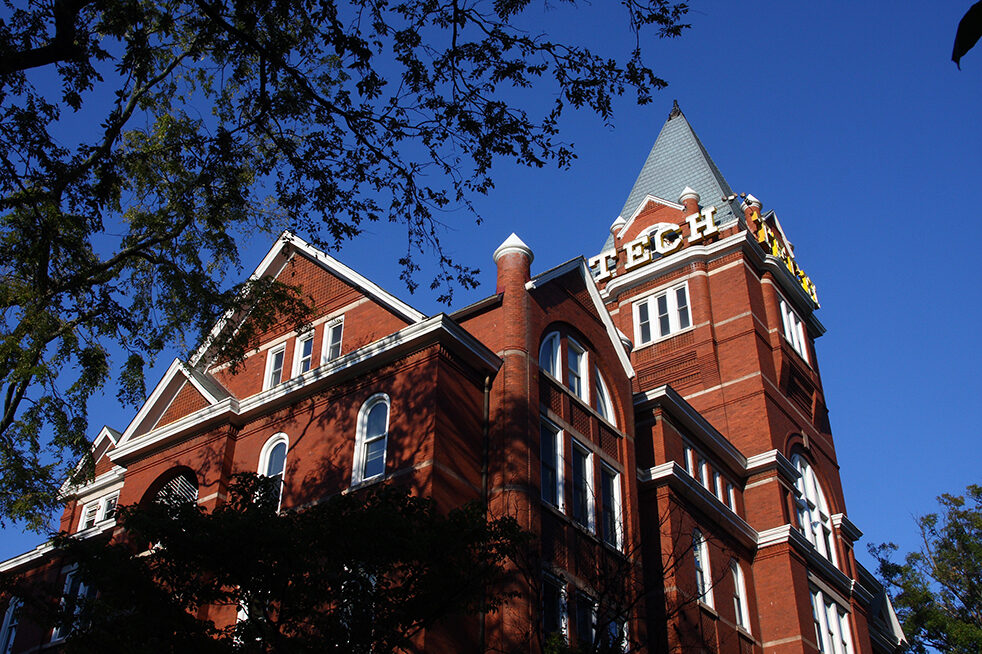As you walk around the white-brick-walled local elementary school in your area and glance at the administrators marching around with their keys jingling, the flyers wilting off bulletin boards and the exhausted teachers lecturing students, only one word comes to mind: flawed. With the current state of the education system, classrooms are crowded, teachers are overworked and the administration breathes down teachers’ neck, watching their every move. While there are many merits to a public education, in recent days — along with the current political climate — more and more flaws in the system are being uncovered and remain unchanged.
Money makes the world go round, and that does not exclude the education system. One of the biggest issues that schools face is the lack of funding. It is worth noting that generally, more money is allocated for more affluent districts, even within a single county. The more affluent school districts tend to be higher achieving and have ample tutoring, better teachers and better salaries. This only perpetuates a negative feedback loop of poorer students going to schools with less money and less resources, which leads to lower scores. Standardized exams are also made by companies such as Pearson, who base exams very directly off their expensive textbooks. This only furthers this phenomenon: if schools cannot afford the big three textbook makers, their students are destined to score lower on exams.
Another critique of the modern education system is that the education model no longer meets the needs of students. It does not meet the needs of the modern world, and students are learning information that becomes more and more outdated by the year. High schoolers are taught advanced physics and mathematics, which comes in handy for a few years in college, but economics classes are notably absent of tax education or other life skills. Worse, some Republican lawmakers are trying to limit the discussion of important and useful topics even further. Georgia’s Governor Brian Kemp recently signed several education bills to control what can be taught in classrooms. Some important examples of those banned “divisive topics” are race and racism, which are pivotal for accurate discussion of United States and world history. Limiting these topics is a means of oppressing the truth and limiting knowledge and education of students throughout Georgia.
Overcrowding is another unaddressed problem in the public school system. More and more students are being added into classrooms and there are fewer teachers. Stuffing 40 or 50 students in a classroom meant for only 30 makes educators have a very difficult time teaching effectively. It is difficult for a teacher to address all the different types of learners in the room and make sure all the kids are up to par with their knowledge and schoolwork. Further, it’s tough for educators to discipline and control that many students to foster and environment conducive to learning.
If there was a simple solution to remedy the flaws in the education system, it likely would have been enacted already. However, a lot of the responsibility lies with legislators and other elected officials. They must be willing to allocate fair funding to all school districts and allow for the reduction of loads on educators. Even more importantly, these leaders must understand the impact of studying topics like racism in the context of history and not try to oppress the knowledge of students for their own personal gain. There is no denying that the situation is dire — the problems discussed are only the tip of the iceberg. However, if teachers, policymakers and other administrators pay attention to the issues that are so obviously highlighted for them, there is the chance that we can pave the way to a better educational future.
